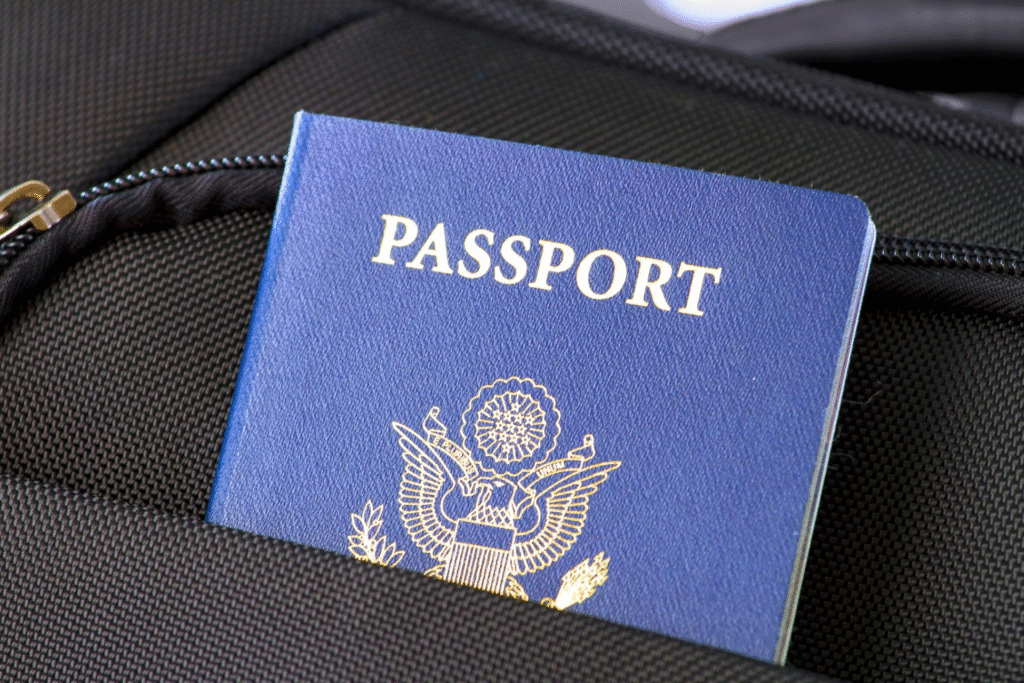As the number of Indian students pursuing higher education in the United States continues to rise, the country will be the second-largest source of international students in 2025. On the other hand, this growing trend has highlighted an increasingly complex issue: Indian students overstaying their visas. As the United States government places a greater focus on immigration compliance and enforcement, it is crucial that students, institutions, and lawmakers understand what leads to student visa overstays and the consequences that follow.
Examining the current trends of Indian student visa overstays in the US in 2025, this article delves into the motivations, legal implications, and preventative efforts surrounding these cases. Its purpose is to provide a comprehensive, SEO-friendly synopsis of the topic for the benefit of international students, academic advisers, and school administrators seeking more information.

Current Trends: Indian Students and Visa Overstays in 2025
The United States Department of Homeland Security (DHS) classifies as a visa overstay any individual whose authorised stay in the country exceeds the expiration date of their visa. The little increase in overstay rates among Indian students in 2025 has immigration authorities and educational institutions in the United States worried.
Despite most Indian students following their visa limitations, over 2.5% of those with F-1 visas in 2024–2025 overstayed their allotted stay, according to DHS figures. Although this may not seem to be a significant amount in percentage terms, the impact is enormous considering the fact that over 300,000 Indian students are now enrolled in American colleges.
Factors Contributing to Indian Students’ Long-Term Visa Overstay in 2025
Several factors contribute to the overstay of student visas by Indian nationals in the United States. These are comprised of:
-
Missing information on the visa requirements
For many students, the specifics of an F-1 visa are a mystery. Misunderstanding the difference between the visa expiration date and the allowed stay term (D/S) is one possible cause of accidental overstays. -
Post-Graduation Postponement of Plans
After finishing school, many students choose to participate in OPT, or Optional Practical Training. Students risk overstaying their authorised stay in the US if they experience delays in receiving work offers or EADs. -
Difficulties with Money
Students may choose to stay in violation of the law while seeking employment or other opportunities in order to alleviate financial limits. Eventually, they aim to change their status. -
Vacancies in Immigration Counselling
Due to a lack of proper counsel and help from university international offices, students may make hasty decisions about their visa status. -
The Wilful Ignorance of a Visa
Though it’s illegal and risky, some students may overstay their allotted time in the country in pursuit of legal status changes like marriage, asylum, or employment sponsorship.
Considerations for a U.S. Student Visa Extension
The consequences for overstaying a student visa in the US are severe and could last for quite some time:
-
Ban on Reentry
If your stay is 180 days or less than a year, you are subject to a three-year reentry limitation. Any overstay of more than one year will result in a ten-year ban. -
Returning a Visa
Reporting an overstay causes a student’s current visa to expire immediately. The validity of the visa has no effect on their ability to reenter the country. -
Deterioration of Immigration Documents
A visa overstay will appear on a student’s permanent immigration record, which might affect their ability to apply for U.S. visas and immigration benefits in the future. -
Threat of Deportation
If ICE finds an overstayer, they have the authority to deport them and maybe arrest them. -
The Impact on Careers and Schools
Background checks conducted by companies and educational institutions may reveal an overstay record, which might have repercussions for future educational opportunities and career opportunities.
Safety Steps for Indian Students
To avoid breaking U.S. immigration restrictions in 2025, Indian students should do the following:
-
Get Familiar with Your Visa’s Requirements
Keep in mind that the visa’s validity period differs from the allowed stay period (as mentioned on the I-94 form). -
Regular Communication with International Agencies
To make sure you are maintaining your right status and keeping up with legislative changes, it is a good idea to meet with counsellors for international students on a frequent basis. -
Get a Head Start on Your OPT and CPT Plans
Students who want to work in the US after graduation should file for OPT/CPT without delay, keep track of processing timelines, and ensure they preserve their legal status the whole way through. -
Keep Records Organised
Documents like your EAD cards, I-20s, and I-94s are vital to your immigration process, so be sure to keep them safe. If something is missing, please report it and replace it immediately. -
If You Have Any Doubts, Seek Legal Advice
Consult an immigration attorney if your situation is complex or if you are considering options such as changing your visa status. -
Avoid Being in the Presence of Criminals
Stay away from unauthorised employment and keep your SEVIS record up-to-date.
What Universities and Colleges in the United States Do
Also, American educational institutions have a responsibility to monitor international students for any signs of illegal immigration:
-
More Effective First Year Programmes
Updates to SEVIS, F-1 visa restrictions, and the responsibilities of international students must all be part of an exhaustive orientation programme. -
Devoted Advisory Committees
Hiring advisers for international students who are competent in leading big groups of students increases the likelihood of compliance and provides better support. -
Automated Monitoring of Status Software
Colleges and universities should notify SEVIS immediately of any changes to enrolment or visa status using automated systems. -
Coordinating with DHS
By coordinating with DHS, we may reduce overstay rates via early alerts, aggressive follow-ups, and communication on student movements.
Helpful Hints for Indian Students Planning to Study Search Engine Optimisation in 2025
If you are an Indian parent or student seeking information on overstays on U.S. student visas, here are some crucial SEO keywords and phrases to be aware of:
-
“Indian students visa overstay US 2025”
-
“Consequences of overstaying F-1 visa USA”
-
“OPT delays and visa problems USA”
-
“What happens if I overstay my student visa in the U.S.”
-
“F-1 visa rules 2025 for Indian students”
-
“SEVIS termination risks 2025”
Government websites, academic publications, and immigration blogs often include these keywords to ensure that students get accurate and up-to-date information.
Policy and Reaction Shifts by the Government in 2025
Authorities in the field of immigration policy, including those in the Biden administration, have intensified their examination of all types of visa overstays. By 2025, the Department of Homeland Security has upgraded biometric screenings at departure and entrance points and introduced new tracking systems based on technology.
Another programme that closely monitors students’ status is the Student and Exchange Visitor Programme (SEVP), which uses the SEVIS system. The likelihood of undiscovered overstays has been reduced now that offences may immediately inform law authorities.
Keeping Up with Regulations Until 2025 and Beyond
An intricate issue involving individual responsibility, immigration legislation, and academics arises when Indian students overstay their visas in the US. Although only a small percentage of students actually overstay their visas, doing so has serious consequences that should be carefully considered.
A successful academic and professional experience in the United States requires Indian students to be proactive, knowledgeable, and to comply with all visa requirements. Universities and advisors should also step up and provide timely, accurate guidance.
By being informed about immigration regulations, planning ahead, and seeking expert assistance when needed, Indian students may avoid visa overstays and maintain their success at the world’s most popular educational destination.
